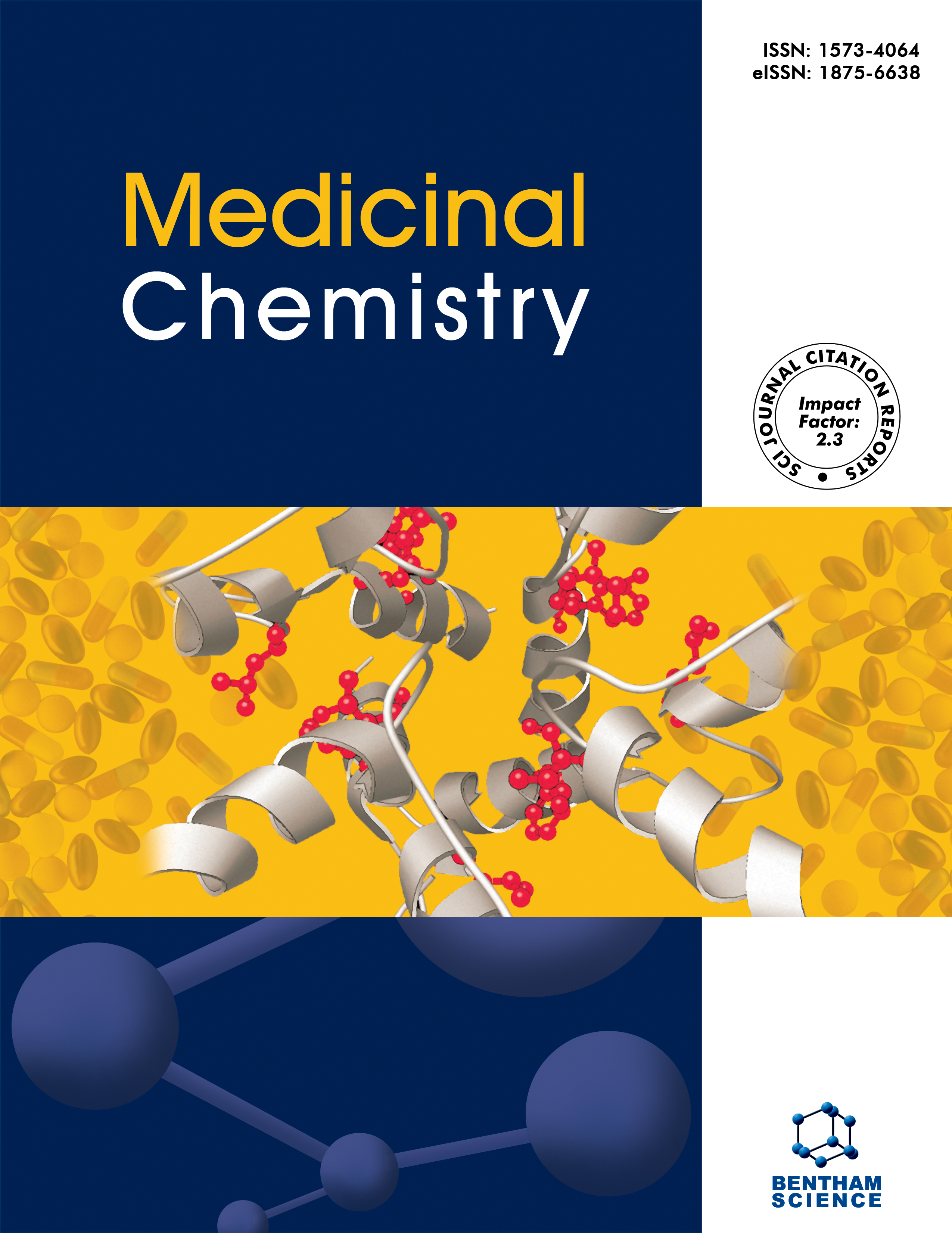
Full text loading...
In this current study, a new series of triazolo-triazine derivatives were designed and synthesized as potential anticancer agents.
The antiproliferative activity of the new compounds was evaluated against four different cancerous cell lines (MDA-MB-231, HCT-116, A549, and HT-29) using an MTT assay. To evaluate the mechanism of action, the ability of the best compound in apoptosis induction and DNA damage was evaluated using the flow cytometry technique and comet assays. Furthermore, molecular docking simulation was used to investigate their interactions with the two targets, VEGFR2 and c-Met kinases.
Results showed that 6-(4-bromophenyl)-3-((4-methoxybenzyl)thio)-[1,2,4]triazolo[4,3-b][1,2,4]triazine (8c) demonstrated the best anti-proliferative activity against the human colorectal carcinoma cells HCT-116 with an IC50 value of 38.7 ± 1.7 µM. In silico evaluations showed that the triazolo-triazine scaffold, along with the methoxy substitution of compound 8c, was involved in creating effective H-bond interactions in the active site of both targets.
Our results showed that compound 8c significantly increased cell death through apoptosis induction and caused a significant increase in genotoxicity. Furthermore, it was found that the tested compound 8c, with a selectivity index of 1.74, possessed selective antiproliferative activity towards the colorectal cancer cell line HCT-116 compared to the normal fibroblast cell line. These findings could be useful in the development of novel VEGFR2/c-Met dual-targeted inhibitors in the future.

Article metrics loading...

Full text loading...
References


Data & Media loading...
Supplements

